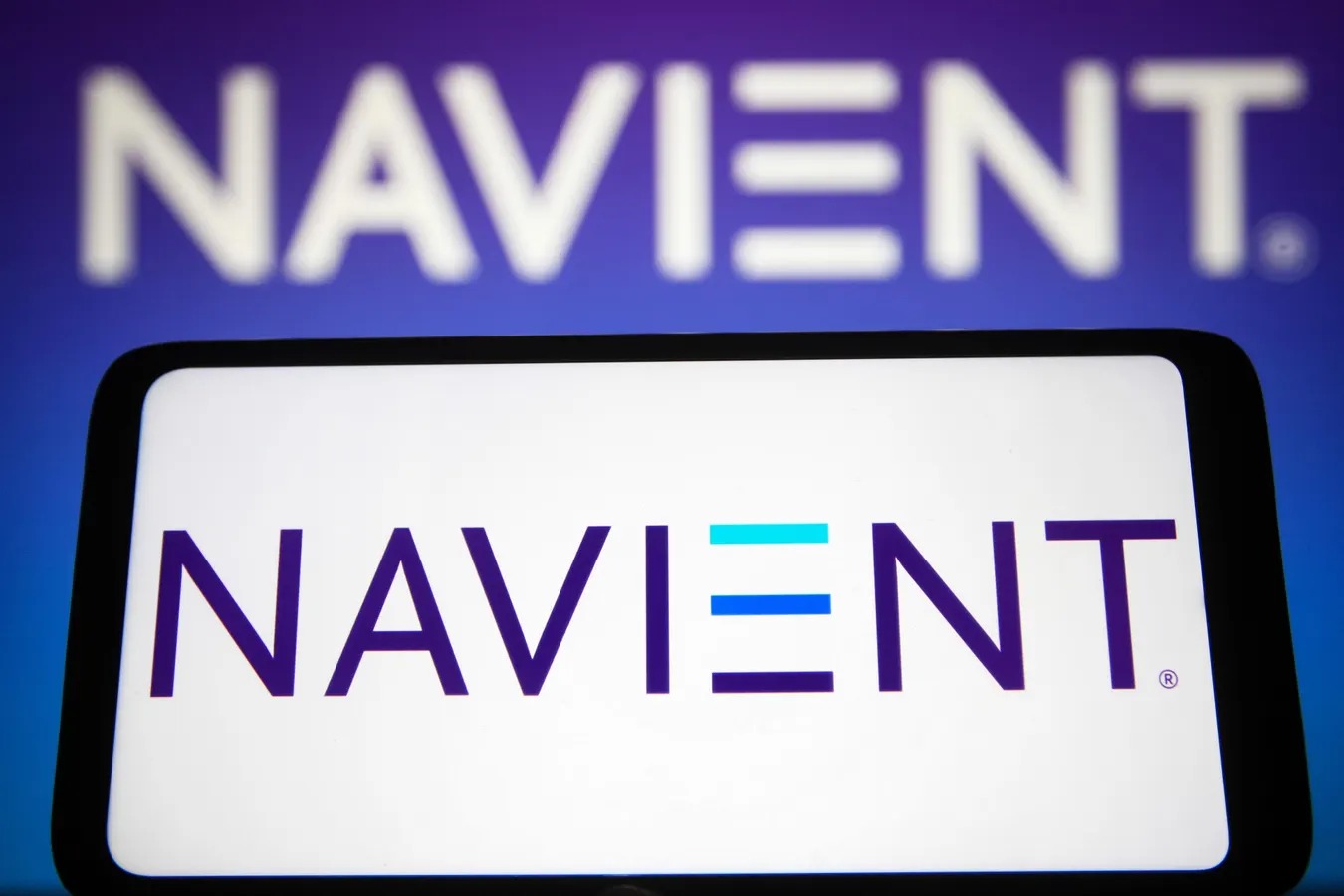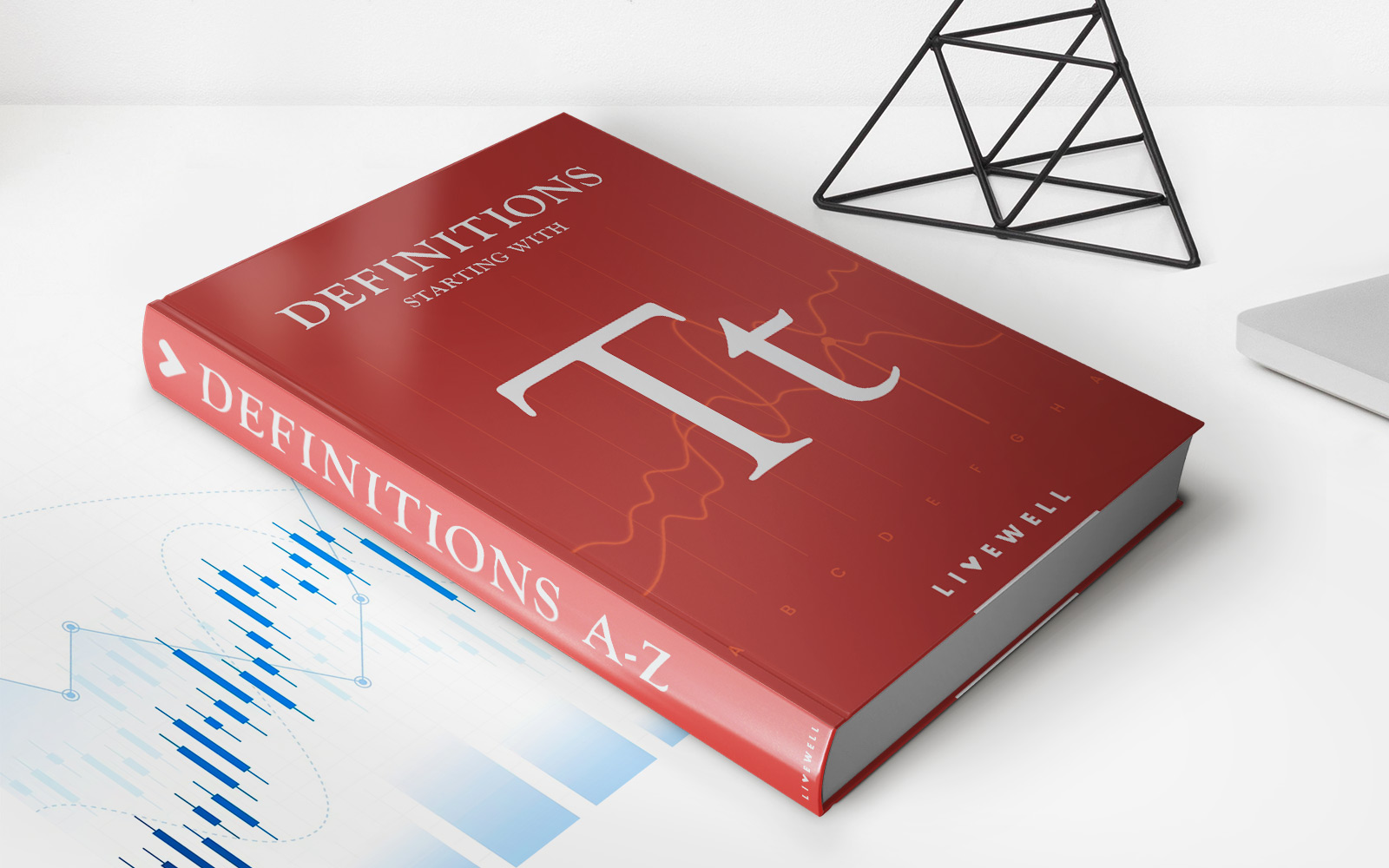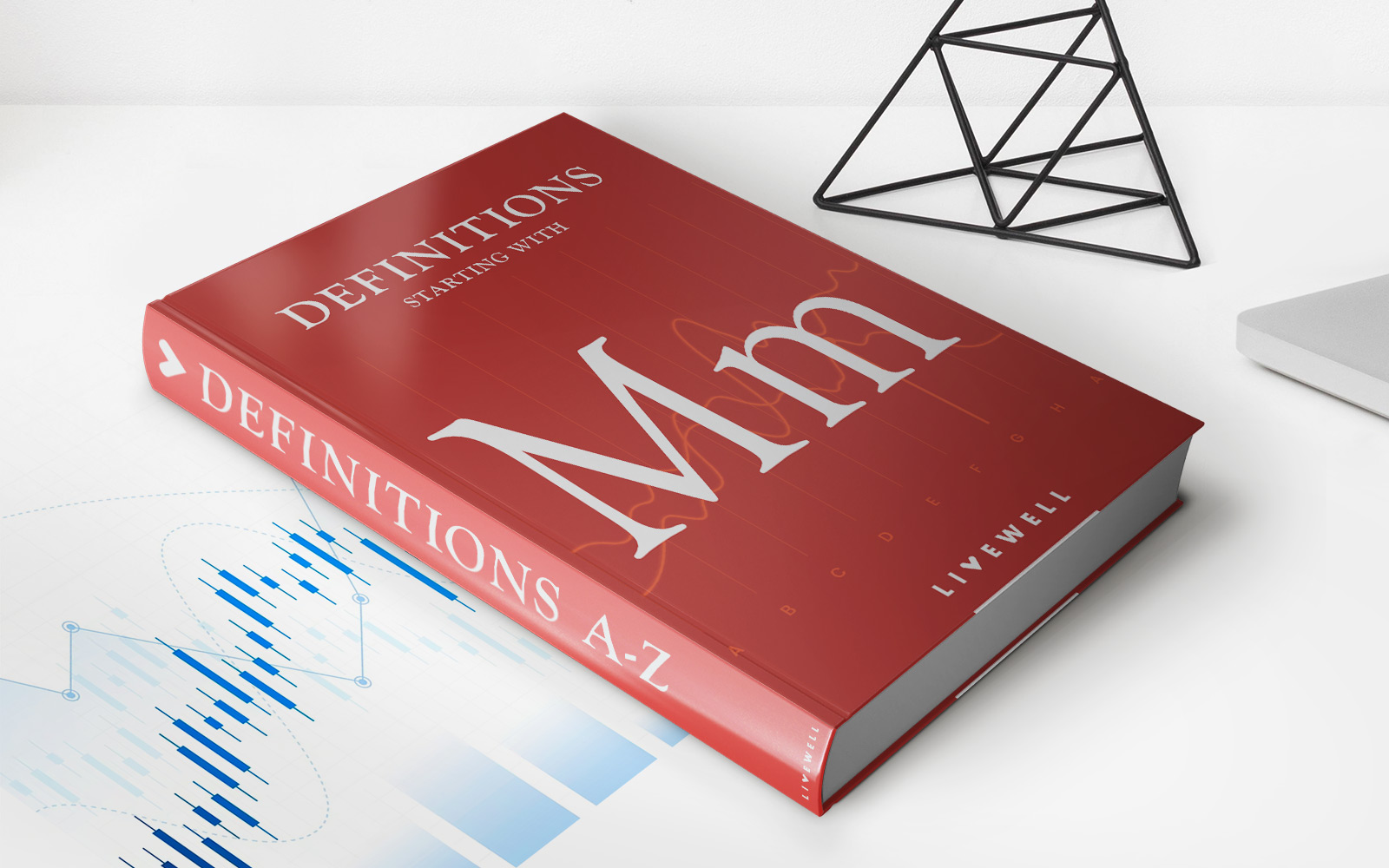

Finance
What Is Grace Period In A Loan?
Modified: February 21, 2024
Learn about the grace period in loans and how it can affect your finances. Understand the importance of managing payments effectively. Gain insights into financial planning.
(Many of the links in this article redirect to a specific reviewed product. Your purchase of these products through affiliate links helps to generate commission for LiveWell, at no extra cost. Learn more)
Table of Contents
Introduction
Understanding the Grace Period in a Loan
When it comes to borrowing money, understanding the intricacies of loan terms is crucial. One such term that frequently arises in the realm of loans is the “grace period.” This period refers to the duration after the due date during which a borrower can make a payment without incurring any penalties. It is essentially a buffer of time provided by the lender, offering a brief reprieve to the borrower.
Grace periods are commonly associated with various types of loans, including student loans, mortgages, and credit cards. During this period, borrowers have the opportunity to make payments without facing the repercussions of late fees or negative credit reporting.
Understanding the significance of the grace period, its implications, and the types of loans it applies to is essential for anyone navigating the complex landscape of borrowing and lending. In this article, we will delve into the nuances of grace periods in loans, exploring their importance, the types of loans that incorporate them, and the associated pros and cons.
Understanding Grace Period in a Loan
When a borrower takes out a loan, they agree to certain terms and conditions, including the repayment schedule. The grace period, often a feature of loan agreements, represents a specified period after the due date during which the borrower can make payments without incurring penalties. This period serves as a cushion, providing borrowers with a window of time to submit their payments without facing adverse consequences.
It’s important to note that the presence and duration of a grace period can vary depending on the type of loan and the lender’s policies. For instance, some student loans may offer a grace period that begins after the borrower graduates or drops below half-time enrollment, while mortgages and credit cards may have distinct grace period provisions.
During the grace period, borrowers are typically not penalized for making payments after the due date. This leniency can be immensely beneficial, especially for individuals facing temporary financial constraints or unexpected expenses. It offers a degree of flexibility, acknowledging that unforeseen circumstances can impact a borrower’s ability to adhere to the original repayment schedule.
Furthermore, the grace period can also act as a safeguard against the adverse effects of late payments, such as damage to one’s credit score. By providing this window of opportunity, lenders demonstrate a willingness to accommodate borrowers who may experience difficulties in meeting their financial obligations within the specified timeframe.
However, it’s crucial for borrowers to comprehend the specific terms of the grace period outlined in their loan agreements. This includes understanding whether interest accrues during the grace period and the potential implications of utilizing this extension. While the grace period offers a temporary respite from penalties, it’s essential for borrowers to grasp the full scope of its provisions to make informed decisions regarding their repayment strategy.
Importance of Grace Period
The grace period in a loan plays a pivotal role in safeguarding borrowers from immediate financial repercussions in the event of delayed payments. Its significance extends beyond providing a mere extension of time; rather, it serves as a valuable mechanism for promoting responsible and manageable borrowing.
One of the primary benefits of a grace period is the breathing room it offers to borrowers who encounter temporary financial constraints. Whether due to unexpected expenses, fluctuating income, or other unforeseen circumstances, individuals may find themselves unable to meet their repayment obligations within the stipulated timeframe. The grace period provides a buffer, allowing borrowers to address these challenges without facing immediate penalties or adverse effects on their credit standing.
Moreover, the presence of a grace period underscores the lender’s commitment to fostering a cooperative and supportive relationship with the borrower. It reflects an understanding of the dynamic nature of personal finances and acknowledges that individuals may encounter challenges that affect their ability to adhere to strict payment deadlines. By offering this concession, lenders demonstrate a willingness to accommodate reasonable circumstances and provide borrowers with an opportunity to fulfill their obligations without unnecessary financial strain.
From a broader perspective, the grace period contributes to financial literacy and responsible borrowing practices. It encourages borrowers to manage their finances judiciously and navigate temporary setbacks without incurring long-term repercussions. This aspect aligns with the overarching goal of promoting financial well-being and empowering individuals to make informed decisions regarding their borrowing and repayment activities.
Additionally, the grace period can serve as a means of fostering mutual trust and goodwill between the lender and the borrower. It exemplifies the lender’s commitment to fair and considerate lending practices, enhancing the overall borrower experience and reinforcing a positive rapport between the two parties.
Ultimately, the importance of the grace period in a loan lies in its capacity to mitigate the immediate impact of financial challenges, promote responsible borrowing behavior, and cultivate a cooperative relationship between the lender and the borrower. Its presence signifies a commitment to understanding and accommodating the dynamic nature of personal finances, thereby contributing to a more equitable and supportive lending environment.
Types of Loans with Grace Periods
Grace periods are a prevalent feature in various types of loans, each tailored to address the unique circumstances and requirements of borrowers. Understanding the specific loans that incorporate grace periods is essential for individuals seeking financial assistance and navigating the intricacies of borrowing. Here are some common types of loans that often include grace periods:
1. Student Loans:
Many student loans, particularly federal ones, offer a grace period that typically begins after the borrower graduates, leaves school, or drops below half-time enrollment. During this period, which usually spans six months, borrowers are not required to make payments, providing them with time to secure employment and stabilize their financial situation before commencing repayment.
2. Mortgages:
Mortgage loans may also feature a grace period, allowing borrowers to make payments after the due date without incurring penalties. This provision offers homeowners the flexibility to manage their finances, especially during periods of financial uncertainty or unexpected expenses.
3. Credit Cards:
Certain credit card agreements include a grace period that enables cardholders to make payments without accruing interest, provided the outstanding balance is paid in full by the due date. This feature allows individuals to manage their credit card payments more effectively, aligning with their cash flow and financial commitments.
4. Personal Loans:
Some personal loans may also incorporate a grace period, affording borrowers a brief window of time to make payments without facing penalties. This accommodation acknowledges the potential fluctuations in a borrower’s financial circumstances and provides a degree of flexibility in managing loan repayments.
Understanding the presence and specifics of grace periods in these various loan categories is essential for borrowers, enabling them to leverage this feature to navigate their financial obligations more effectively and responsibly.
Pros and Cons of Grace Periods in Loans
Grace periods in loans offer both advantages and considerations that borrowers should carefully evaluate. Understanding the potential benefits and drawbacks of these provisions is essential for making informed decisions regarding loan management. Here are the pros and cons of grace periods in loans:
Pros:
- Flexibility: Grace periods provide borrowers with a degree of flexibility, allowing them to navigate temporary financial challenges without incurring immediate penalties. This accommodation can be particularly beneficial during periods of uncertainty or unexpected expenses.
- Opportunity to Stabilize Finances: For student loans, the grace period offers recent graduates the opportunity to secure employment and stabilize their financial situation before commencing repayment. This can alleviate the immediate financial burden on individuals transitioning into the workforce.
- Prevention of Penalties: Grace periods prevent borrowers from facing late payment penalties or negative credit reporting during the specified period, offering a safeguard against the adverse consequences of delayed payments.
- Financial Planning: For credit card holders, the grace period facilitates effective financial planning by allowing them to make payments without accruing interest, provided the balance is paid in full by the due date. This feature aligns with responsible credit management practices.
Cons:
- Accrual of Interest: In some cases, interest may accrue during the grace period, leading to increased overall repayment amounts. Borrowers should carefully review the terms of the grace period to assess the potential implications of interest accrual.
- Extension of Repayment Duration: While the grace period offers temporary relief, it effectively extends the overall repayment duration, potentially impacting the total interest paid over the life of the loan. Borrowers should consider the long-term implications of utilizing the grace period.
- Impact on Credit Utilization: For credit card holders, reliance on the grace period to defer payments may impact credit utilization ratios and credit scores if not managed prudently. It is essential for cardholders to exercise responsible credit management practices to mitigate potential adverse effects.
By weighing these pros and cons, borrowers can make informed decisions regarding the utilization of grace periods in their loan agreements, ensuring that they leverage these provisions effectively while mitigating potential drawbacks.
Conclusion
Understanding the concept of grace periods in loans is integral to navigating the intricacies of borrowing and managing financial obligations effectively. These periods offer a valuable buffer, providing borrowers with a brief respite from immediate penalties and repercussions in the event of delayed payments. By acknowledging the significance of grace periods and their implications, individuals can make informed decisions regarding their loan management strategies.
The presence of grace periods in various types of loans, including student loans, mortgages, and credit cards, underscores the commitment of lenders to fostering a cooperative and supportive relationship with borrowers. It reflects an understanding of the dynamic nature of personal finances and the potential challenges that individuals may encounter during their repayment journey.
While grace periods offer flexibility and the opportunity to stabilize finances, borrowers should carefully consider the potential drawbacks, such as interest accrual and extended repayment durations. By evaluating the pros and cons of these provisions, individuals can leverage grace periods judiciously, aligning with responsible borrowing and repayment practices.
In essence, the presence of grace periods in loan agreements represents a balance between accommodating borrowers’ temporary financial challenges and ensuring the long-term sustainability of repayment. It underscores the importance of fostering financial literacy, responsible borrowing behavior, and a cooperative relationship between lenders and borrowers.
Ultimately, by comprehending the nuances of grace periods in loans, individuals can navigate their financial obligations with greater confidence and prudence, leveraging these provisions to manage their repayment responsibilities effectively while promoting their overall financial well-being.














